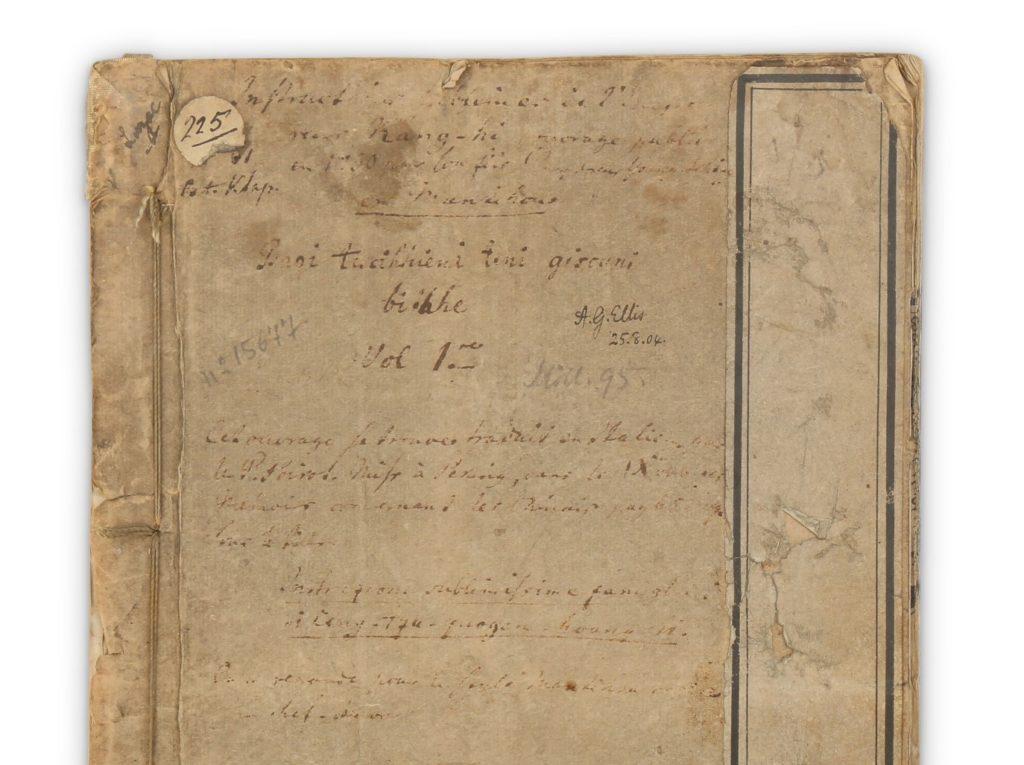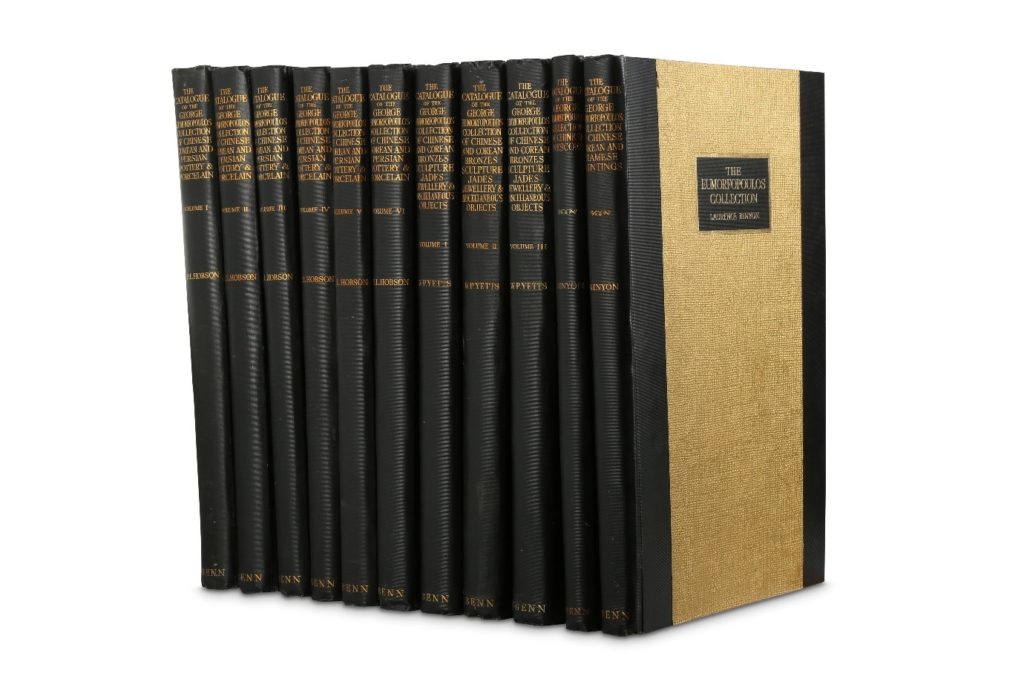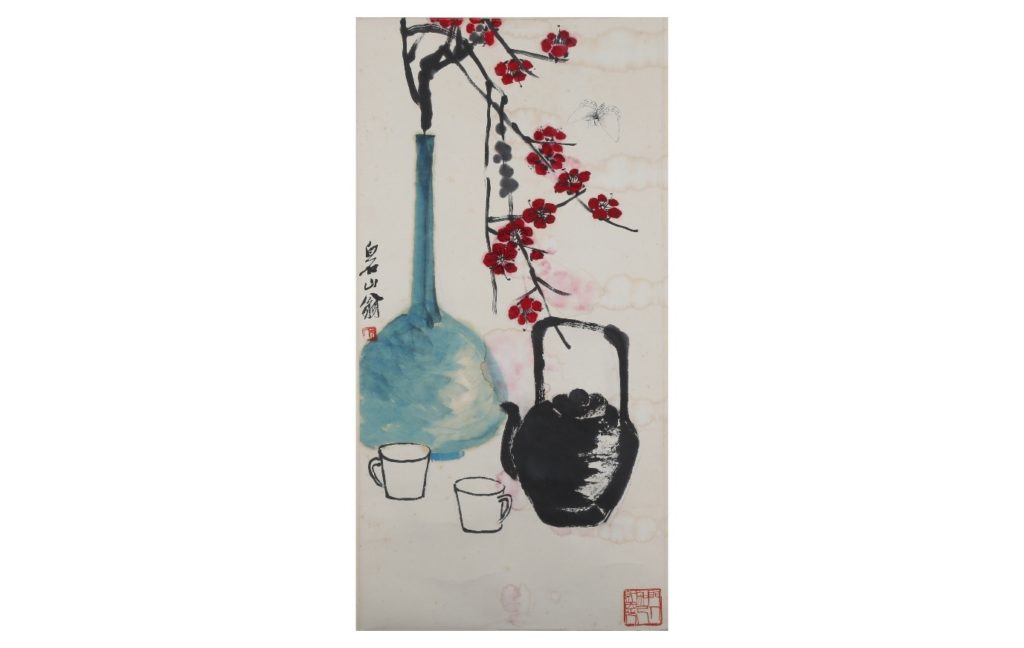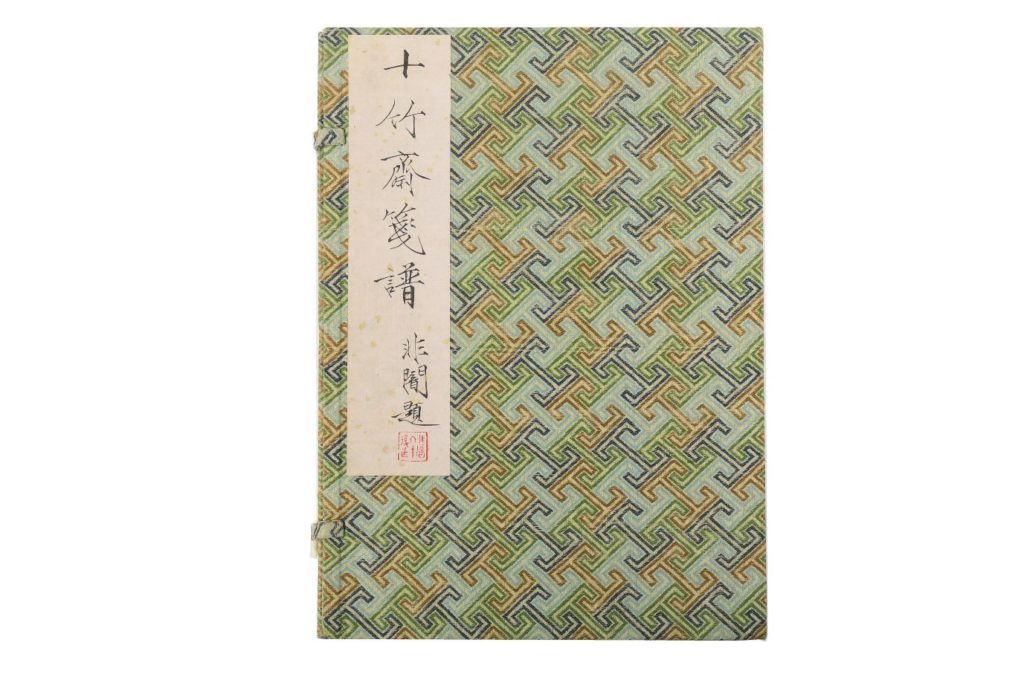Chinese Books: Five Tips for Building a Valuable Collection
Discover the artistic, historical and investment appeal of Chinese books
06/11/2019 Chiswick Curates, Asian Art
As the Chinese art market matures, collectors are turning to new and often overlooked categories. One such area growing in popularity is Chinese books, which combine scholarship, history, visual appeal and scarcity in equal measure.
Ahead of our Asian Art and Fine Chinese Paintings auctions on Monday 11 November, here are five key insights into collecting Chinese books, with highlights from the sale.
 Engraving from lot 300, An embassy from the East-India Company of the United Provinces, published 1669.
Engraving from lot 300, An embassy from the East-India Company of the United Provinces, published 1669.
1. Imperial Chinese Books Are the Crown Jewels
Imperial commissions, such as the famed Compendium of Birds by Jiang Tingxi (1669–1732), hold a special place in Chinese book history. Commissioned by the Kangxi Emperor, the original edition contained 360 scientifically observed bird studies. We are pleased to present six individual album leaves from this work, each depicting a different variety of cockerel.
 Jiang Tingxi (1669 – 1732), Cockerels, from the album Compendium of Birds.
Jiang Tingxi (1669 – 1732), Cockerels, from the album Compendium of Birds.
Another highlight is an extremely rare Manchu language edition of The Teachings of Kangxi, printed in 1730 for the Imperial household. Burn marks on the back suggest it survived the looting of the Yuanmingyuan (Old Summer Palace) in 1860. [Shengzu Gosin Hvwangdi-i] Boo-i Tacihiyan Ten-i Gisun [Bithe] Qing Dynasty, Yongzheng period, 1730.
[Shengzu Gosin Hvwangdi-i] Boo-i Tacihiyan Ten-i Gisun [Bithe] Qing Dynasty, Yongzheng period, 1730.
The work was produced exclusively for use within the imperial household. The presence of burn marks on the back of the book suggest it was burnt during the sacking of the legendary Yuan Ming Yuan in 1860 by English and French soldiers.
Only two other copies are known — one in Beijing, the other in Paris. This example includes annotations linking it to European scholars and collectors, offering a fascinating provenance trail.
2. Serious Collectors Build Serious Libraries
It is widely believed that knowledgeable collectors of Chinese art often dedicate up to 10% of their budget to reference books. Works such as the George Eumorfopoulos Collection are essential, not only for education but for establishing provenance and authenticity.  The George Eumorfopoulos Collection, 1925-28
The George Eumorfopoulos Collection, 1925-28
Books can also help identify artworks. For example, Lot 33 in our Fine Chinese Paintings auction was proven to have been sold as a genuine work by Qi Baishi in 1981, thanks to references found in earlier catalogues. Qi Baishi (attributed to, 1864 – 1957), Bottle and Plum Blossom.
Qi Baishi (attributed to, 1864 – 1957), Bottle and Plum Blossom.
3. Books shape the direction of collecting practice
Because catalogues of important collections have been used by generations of collectors, they have been key to how markets have shifted over the decades. They also provide research for objects and shape the ways artworks are described, valued and more widely understood.
One of the most important books about the subject of bronze vessels in the history of Chinese art, the Xuanhe bogu tulu was compiled originally by Wang Fu in the Xuanhe period (1119-1126), to record 839 bronze objects from the Xuanhe Palace Collection. The work recorded 27 types of bronze objects, detailing textual research, capacity and weight. New definitions of bronze detailed in the volume continue to define the way that bronzes are described today.
The work was reproduced in the Yuan Dynasty and in the Ming Dynasty. The present edition is the finest edition produced during the Wanli period (1573-1620) and is also considered to be the most important work of the Anhui woodblock carver Huang Deshi. The work was illustrated by Ding Nanyu and Wu Zuogan and written by Liu Jiran.
 Xuanhe Bogu Tulu, illustrated record of ancient objects compiled in Xuanhe Period, Ming Dynasty, Wanli 16 (1588).
Xuanhe Bogu Tulu, illustrated record of ancient objects compiled in Xuanhe Period, Ming Dynasty, Wanli 16 (1588).
4. Chinese Books Are Artworks in Their Own Right
Many collectors are drawn to the sheer beauty of Chinese books. The Ten Bamboo Studio Catalogue of Letter Paper, reproduced by Rong Bao Zhai in 1952, is considered a masterpiece of modern printing and binding.
Shizhuzhai Jianpu, ten bamboo studio catalogue of letter paper, Beijing: Rong Bao Zhai, 1952 edition.
Jan Tschichold once described it as “the best book of modern times anywhere”. Copies are held in major museum collections, including the British Library.
5. Books Create and Record History
One of the earliest attempts to describe China to a Western audience was a Dutch account of a diplomatic mission to the Shunzhi Emperor, published in 1669. The text includes observations on Chinese customs, tea drinking and the arts. This important volume marked the first ever major attempt to accurately describe China to a Western audience, following its gradual opening up to foreign trade after the fall of the Ming Dynasty. The book contains an account of the embassy of the Dutch East India Company to the Shunzhi Emperor (1638-1661) and an account of general Chinese customs and occupations. It is notable for its description of tea and also for sparking centuries of interest in Chinese art and culture. Qing Dynasty, Kangxi period, 1669.
This important volume marked the first ever major attempt to accurately describe China to a Western audience, following its gradual opening up to foreign trade after the fall of the Ming Dynasty. The book contains an account of the embassy of the Dutch East India Company to the Shunzhi Emperor (1638-1661) and an account of general Chinese customs and occupations. It is notable for its description of tea and also for sparking centuries of interest in Chinese art and culture. Qing Dynasty, Kangxi period, 1669.
Interested in the value of your Chinese books or collections?
For a complimentary valuation, get in touch with:
Asian Art Department
asian@chiswickauctions.co.uk
Submit an online valuation enquiry